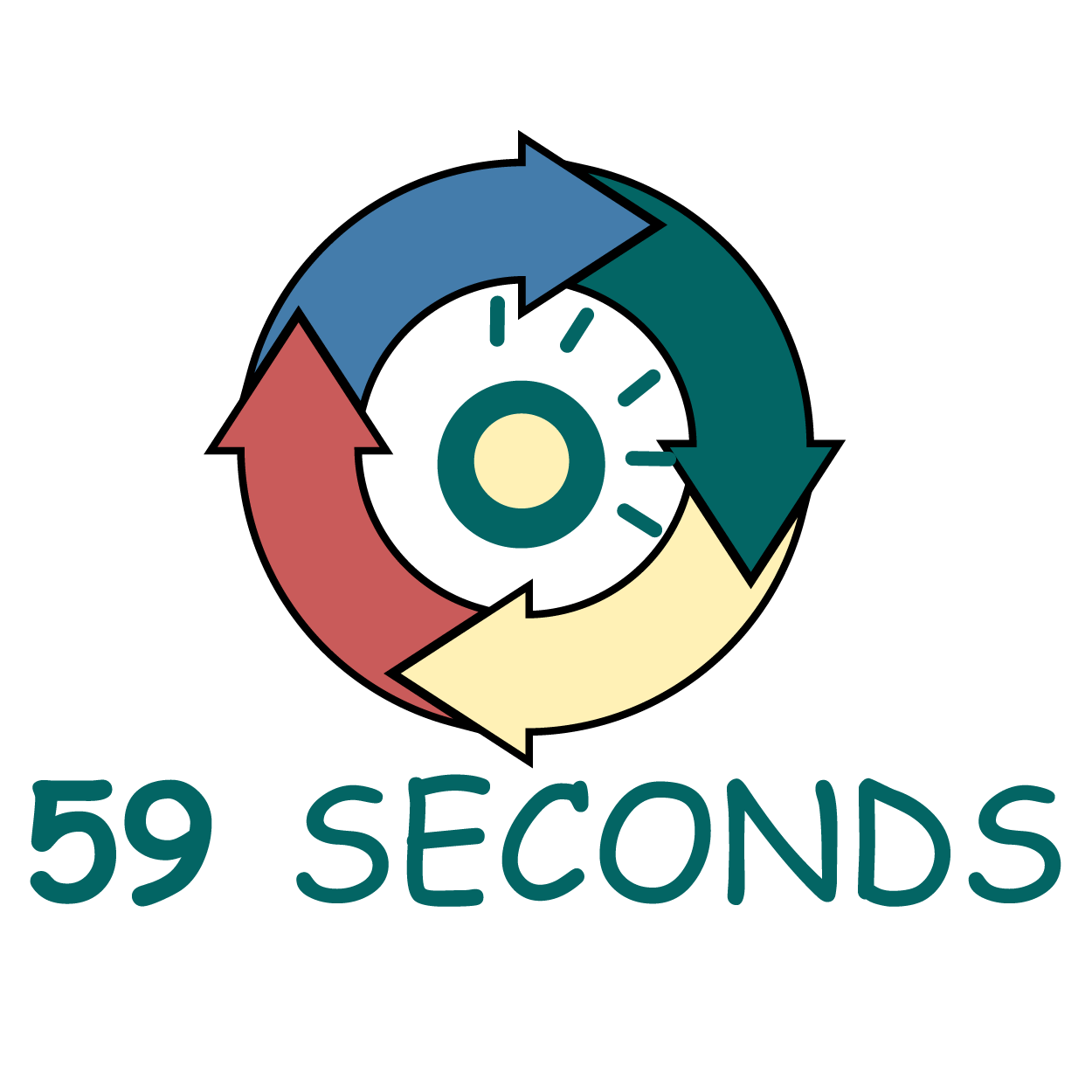Story Mapping
Story Mapping represents a different way to structure and organize the work that need to be developed. Story maps are laid out in the following order:
- A horizontal axis is referred to as the usage sequence
- User stories or tasks are placed on this axis based on the sequence that they will be performed by a user
- The vertical axis represents criticality
- User stories or tasks are laid out vertically based on their level of importance (from top to bottom)
- User stories that have the identical levels of importance are placed at the same height
- Related user stories are grouped as Activities
- A vertical line is used to separate each group of user stories
- An activity is placed above the vertical axis and has no usage sequence because they aren’t prioritized
The advantages of using a Story Map are as follows:
- It visually allows customers, stakeholders and the developers to share the same understanding of what the product will do.
- It distinctly outlines how to release product iterations that deliver entire working releases. This is referred to as a walking skeleton, a concept developed by Alistair Cockburn.
- Releases are defined by the creating horizontal lines along the story map and selecting user stories with equal importance
- The result leads to end-to-end versions of the product and faster market delivery and validation for the minimally valuable product (MVP).
Recommended Further Reading
The following materials may assist you in order to get the most out of this course:
